The NRCS calculated we have 1100ac of watershed going into our valley. There are two tanks before us on the neighboring property. Water flows in from due south, which is really different for the area in northern mid-west Texas outside of Eastland. Once those tanks overflow they spill into our portion of the valley which is the wetland. On a aerial photo from 1953 it was always a marsh created by a large dam where we dug a 1.5ac tank. The marsh is roughly 3ac. Knowing we would eventually have a lot of waterflow we had a 80x40x4ft sediment trap dug. The wetland is separated from the tank by a dirt road that various oil companies have reinforced with heavy gravel. There are two small tinhorns/culverts on one end. The tank was completed in February 2018 and overflowed in October. During really heavy rain about 5in over water flowed over the road from the wetland. The tinhorns continued to drain water for weeks. Very clear water was observed coming out of the wetland! Huge mosquitoes came out in force immediately. Dragonflies eventually helped but then winter set in and more rain came. Over the last 4+ months the tank overflowed altogether for well over a month. Fortunately we have a natural solid beautiful rock spillway. We just do not have the budget to make the tank larger and did not see the watershed when the property was purchased. Normal rainfall watershed is 50-60ac. The wetland had hundreds of "salt cedars" and the tank site was full of trees and brush. No longer.
After typical warm winter weather, now the mosquitoes are horrible and I observed thousands of larvae in the 6-12in deep area that is most of the 3ac wetland. Going into the wet season I had to try something and started reading on here about forage ponds. Ding ding! Thanks Snrub!
On 2/7/19 we added 5lbs of FHM and 100BG from the fish truck. I was advised of questionable fish truck genetics and will keep you posted on the BG growth rates. I do not plan on feeding them since their primary purpose is to control the wetland invertebrates. WHEN drought comes the deep area should concentrate them for capture and thus forage for the tank. After several weeks of no rain the wetland is still mostly 6-12in deep plus the deep area.
The tank received 500 more BG and 10lb FHM on 2/7. 400BG, 200RES, 100HBG, 100CC and 13lb FHM were initially stocked 10/26 2018. 50 NLMB will be added in spring of 2020!
After the last rain a large pothole formed in the center of the road above the tinhorns indicating they are rotten. Another immediate project is on the agenda. I will be adding a screen on the new larger tinhorns and likely a long screen where the wetland overflows during big events. See pic from 12/14/18.
I do not hunt ducks but there are quite a few and they are enjoyable. Ideas for enhancing duck forage on a budget would be appreciated.
I will continue provide updates as necessary!
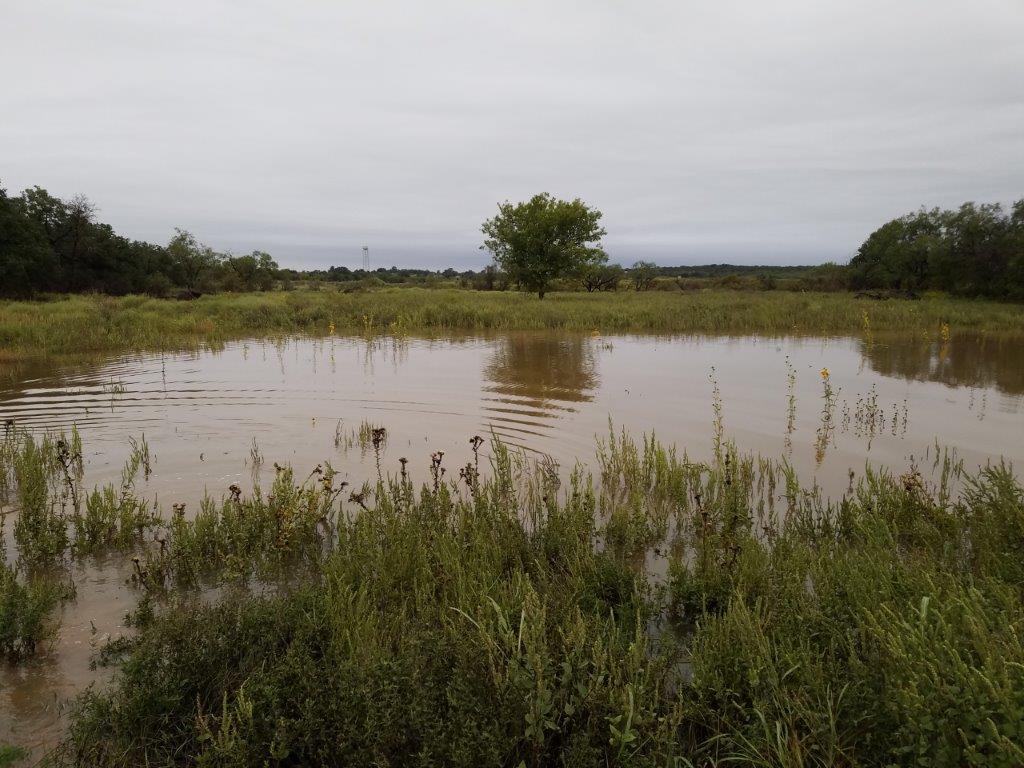
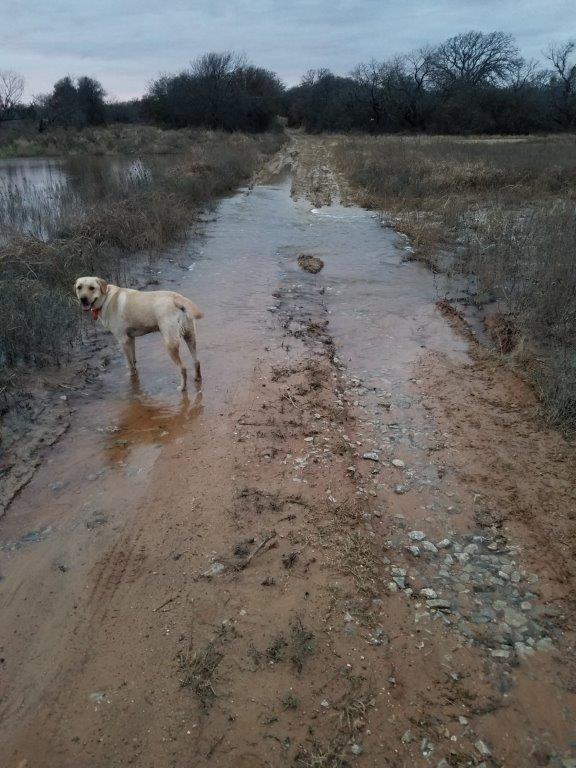
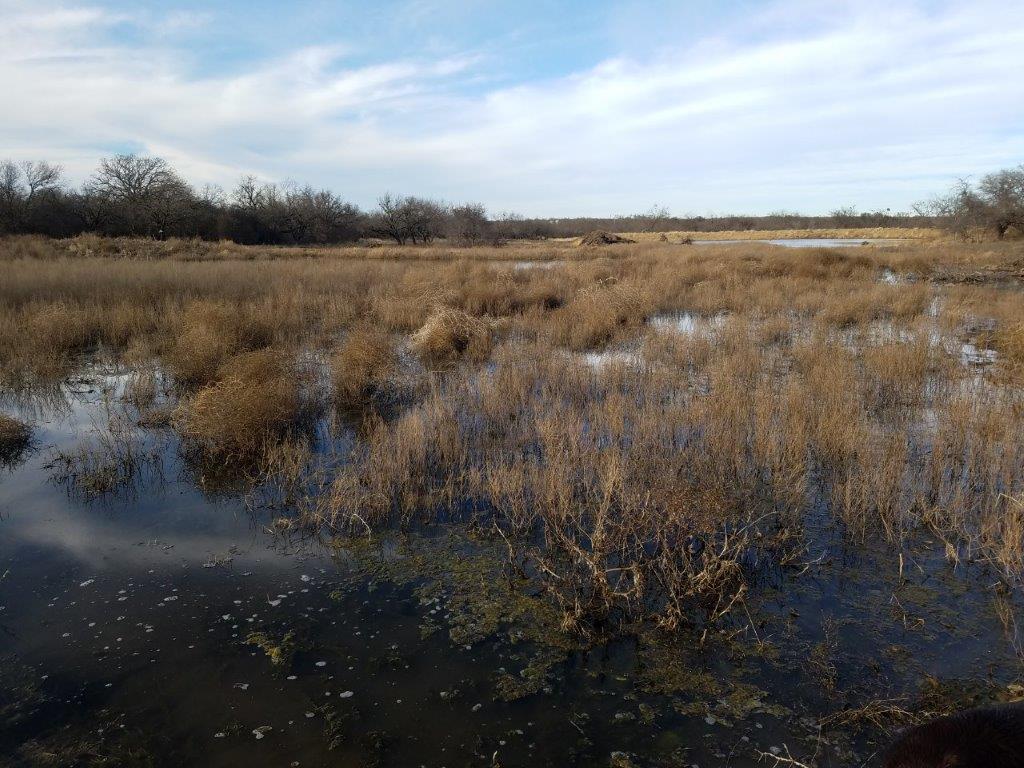
Added 4 floating pallets to the forage pond for FH habitat. After over a month of no significant rain the water level is down but the entire wetland is still flooded. Hundreds of mosquito larvae were observed in a shallow area before this cold front.

IMO adding the 4 pallets was a step in the right direction but, probably a small step. I would add more pallets, floating boards, waxed cardboard, etc. if you can get them for those FHM to use for spawning. I would also throw some Gams (there is a reason their nickname is mosquito fish!) into those wetlands if you have a nearby source.
Sago pondweed and wild rice are both good duck forage that are relatively inexpensive.
Thanks Bill. So far I have not found a gam source.
The local grocery store may have a good source of free odd size pallets. I plan to add many more even though it will look trashy. Swarms of giant mosquitoes are highly frowned upon!
We also have lots of small biting knats. Not sure what to do about them but assuming they originate from water hopefully their larvae will also feed the minnows.
Sink your pallets in the shallows with rocks to avoid the trashy appearance. Roughly one cinder block's worth of weight per pallet should do it unless they are in a high water flow area.
You might try to source dragonfly, damselfly, and even put up a bat house. All could help against mosquitoes, I think.
Curious about whether mosquito larva survived the cold spell Texas just went through.
My owl house was misheard by a cousin as outhouse so I now have both. A bat house was discussed just last week! I need another project anyhow.
I will hide some floating pallets in the shallow area that has tall standing weeds. Going to war against the mosquitoes. During big events there will be large amounts of water but the area is 2+ac so the current should be fairly distributed.
Yesterday when it was still below freezing I easily saw mosquito larvae slowly swimming around. I doubt the cold had any significant affect.
My best friend does environmental assessments. He is bringing a cool toy this weekend that tests salinity, DO, PH, resistivity and several other levels. There is an old shallow saltwater storage/evaporation pond we added a diversion ditch to that is filled with cattails. I am really curious about the salinity in it and everywhere else. There used to be a lot of saltwater storage ponds in the area. Basically every oil well had one. 5 on our place alone...Only the one with cattails regularly holds water.
Any small fish, baby gills, FHM etc should 100% clean up your mosquitos lickity split. Gambusia are great. If you can find them around in puddles etc a couple of dozen will rapidly reproduce and do the job. Your county probably has a vector control office to control mosquitos, they'll often provide you with some gambusia.
As Vortex says, If any small fish esp Gambusia (aka mosquito fish) can get into the area where the mosquito larvae are growing the little fish will aggressively eat the very easy to catch and vulnerable small larvae. Gambusia due to their small size, prolific reproduction, and adaptability are often used in wetlands by Metro Parks to control mosquito larvae. Fish that grow larger size than Gambusia 2.5"+ in reality may not be the best choice in wetlands because larger fish will eat the larger dragonfly and damselfly larvae who eventually hatch and eat adult mosquitoes. Once the mosquito larvae hatch into adults, then air borne predators are your best defense.
Well, 100 2in BG and 5lb FHM were added a month ago. Our mosquitoes are huge so maybe the BG will stay interested longer!
Just spoke to County Ext office. He had never heard of gams or mosquito eating minnows. Gave me phone number to a hatchery to try.
He is going to ask around and is interested personally.
Someone from TX can help you but I was told that almost every puddle in Texas naturally fills with Gambusia. If they are everywhere naturally then the hatcheries probably do not culture or sell them?
Some fish farms do sell mosquito fish. I know of some small fish farms who have bought them for resale.
Canyoncreek is right. Gambusia are endemic. I got (rescued) mine from a mud puddle in front of my apartment after Hurricane Harvey. They were living in hot water 1/2 inch deep. These fish are very very robust.
Look in any creek, drainage ditch etc. They swim along shore.
Be careful. Personally I have a hard time identifying minnows and small fry. You might unknowingly stock something you don't want.
Harvesting from a puddle sounds stupid but is a good way to ensure you get the right species, as everything else won't survive after a week cooking in the sun. Puddles along a drainage ditch that flood during high water are a great place to get them.
Again, call Vector Control offices. They throw these little guys into abandoned swimming pools and any other permanent standing water. Especially with Zika there is vigilant mosquito control.
In Arizona Vector Control would harvest gambusia from a small pond in a flood control park when they needed some. I'm betting your VC guys have an arrangement to scarf what they need from a local BOW.
I had to try something and started reading on here about forage ponds. Ding ding! Thanks Snrub!
You are welcome.
I added this thread to the list.
Sediment, forage and other specialty ponds
Finally downloaded Google Earth Pro hoping to see updated aerial of our valley. No luck yet. The historical photos were very educational though. The neighbors pond upstream is actually a large sediment pond and has been since before 1994. That is very exciting! It will overflow quickly and catch sediment before flowing into my wetland area. In 2011 the trees and brush were removed from it and the dam was extended. The oil guy said the state did that work.
Upon closer inspection of our wetland the lack of significant rain and warmer temps has dropped the water level to several inches across most of the area. There are some high spots that are dry. The water is getting pretty nasty in the shallows. Going to have some light rain the next few days.
We tested the water yesterday as well. pH, salinity, acidity and everything else are within the recommended levels.
The next big rain event will add a lot of great nutrients and organisms to the main pond.
Also tested the 80+ year old saltwater storage pond that has lots of short cattails. Salinity is 13! Not as many mosquito larvae observed but some. Saw some rooted moss that I had not previously seen. Will take a pic on the next visit. There is also some aquatic grass. Although the cattail pond has several seeps it still has about 12in of water. Approximately 80x40ft. Last year we put in a diversion ditch for it to catch more water. I do not have any additional plans for it.
A couple weeks ago we had 1.25in rain and it raised the wetland to almost overflowing into the main tank. Lots of high wind and warm temps have dropped water levels to dry ground across most of the wetland area. The forage pond has observable surface BG activity and FHM. 7 floating pallets are for FHM breeding habitat in addition to lots of standing dead heavy weeds.
Yesterday the wind was minimal and mosquitos were not a problem. Today no mosquito larvae were observed. Likely a combination of predation and wind affects on the forage pond surface. We need rain!
The new 13in and 10in culverts were installed about two weeks ago. Thanks to Brandon's Dozer Services! Old pipes were totally rotted out. I added .5in screen to each new culvert aka tin horn around here. They will clog with debris but will be easy to clear. At some point the road separating the forage pond and main tank will need to be raised at least 6in to ensure full flow through the culverts before the road is overflowed. I used a string to measure the low point.

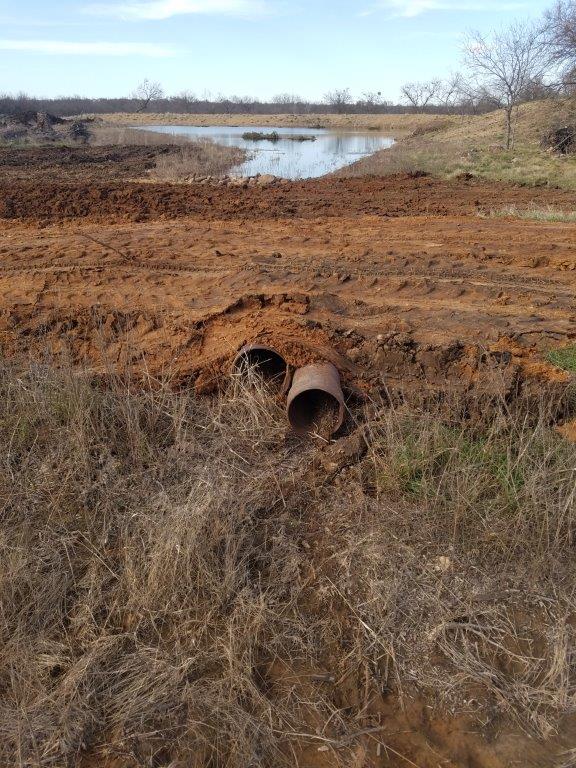
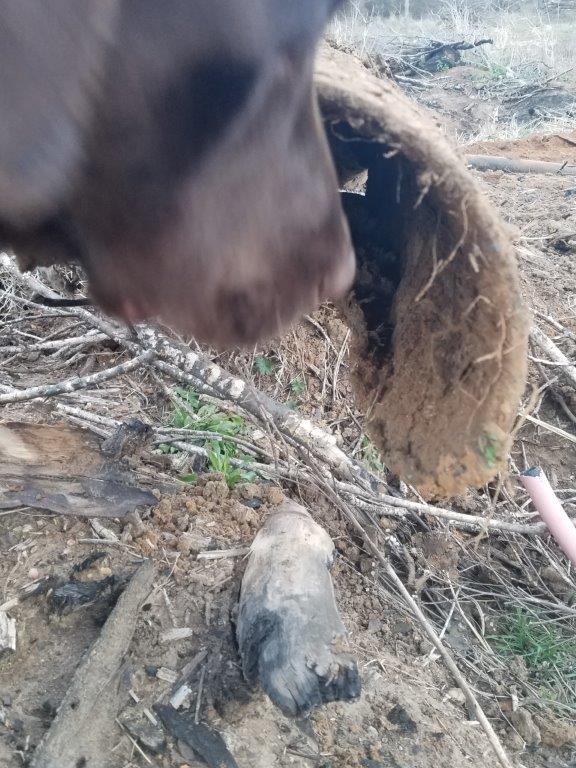
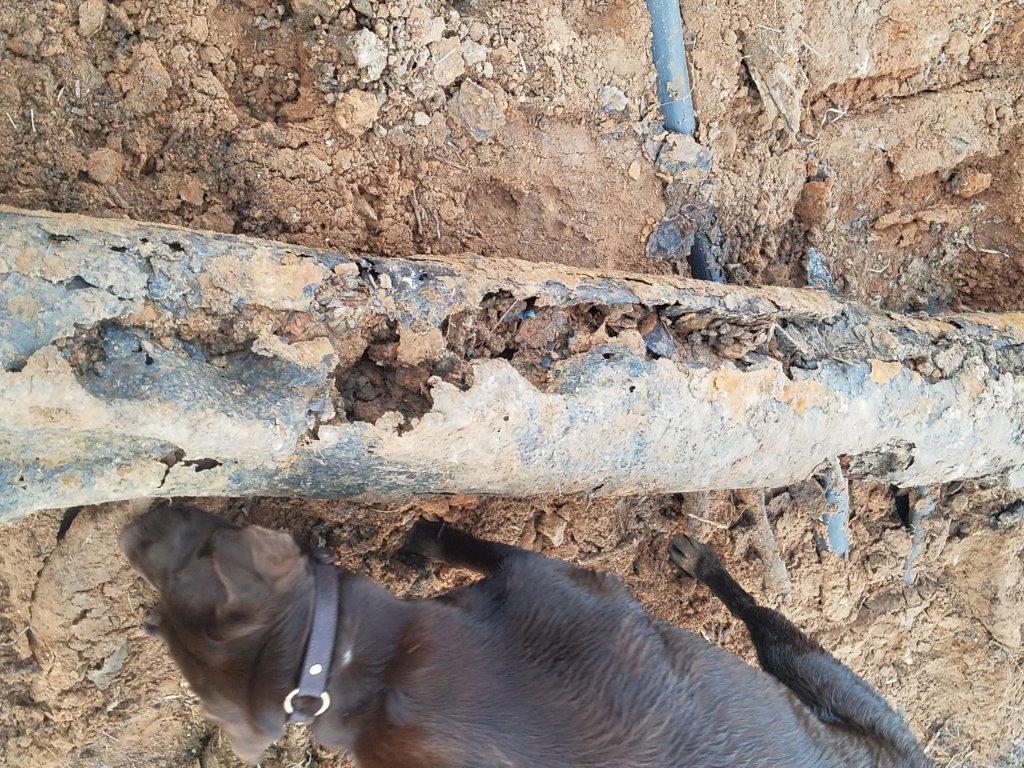
April 24 significant rain raised the tank 4-5ft and lightly overflowed the spillway. The water flowing from the wetland into the tank smelled like a bait shop! Several days later and another 2" of rain - water went over the emergency spillway for the first time. The wetland and tank have been overflowing non-stop now for a month. Once the water receded some I observed some BG swimming from the main tank upstream to the wetland. Since then I have not observed any BG in the wetland. There are thousands of FHM though!
The mosquito population exploded in late April. Since then the dragonflies and everything else has significantly reduced the numbers and no larvae have been seen in the wetland!
The water results came in. As expected it is pretty salty. Our watershed includes an old salt lake and our tank site was also likely a salt lake in the 50s. The wetland is significantly more saline than the wetland. I am posting the full water results on a separate post for review.
Observing FH in the entirety of the 2ac wetland/forage/sediment pond. Catching lots of BH YOY that washed in from neighboring ponds. No mosquito larva though!
Our valley has incredible topsoil that our dirt guy loves since his yard is only 5mi away. He got a big job and needs material. Fill and topsoil. 3000-5000 yards of it. Free tank expansion! They are taking it from the area between the wetland and main tank. Got started today with a big excavator. I believe his D6 would be a better choice but his choice. 5ft down and it's still topsoil. This is very rare for the area. They are planning on digging almost to the bottom of the clay which was about 4ft thick when the tank was dug. Going to be interesting to see how this plays out over the summer. Will be better for everyone if we don't get much rain.
I'm still debating on how the expansion should look when done. Since a lot of water flows down the road into that area I may leave it as a deep pool to catch primarily sand.
The attached is the current pond is in thin blue line and sediment trap w thick teal line. The wetland extends to the property line on the south side, also thin blue line. Water flows in south to north. The green area is where the expansion is taking place and they will dig north until material needs are met. Water has overflowed the road several times. I plan to leave a underwater ridge so that the expansion area slows the water overflowing the road and traps additional silt. Good idea, bad idea or any other thoughts?
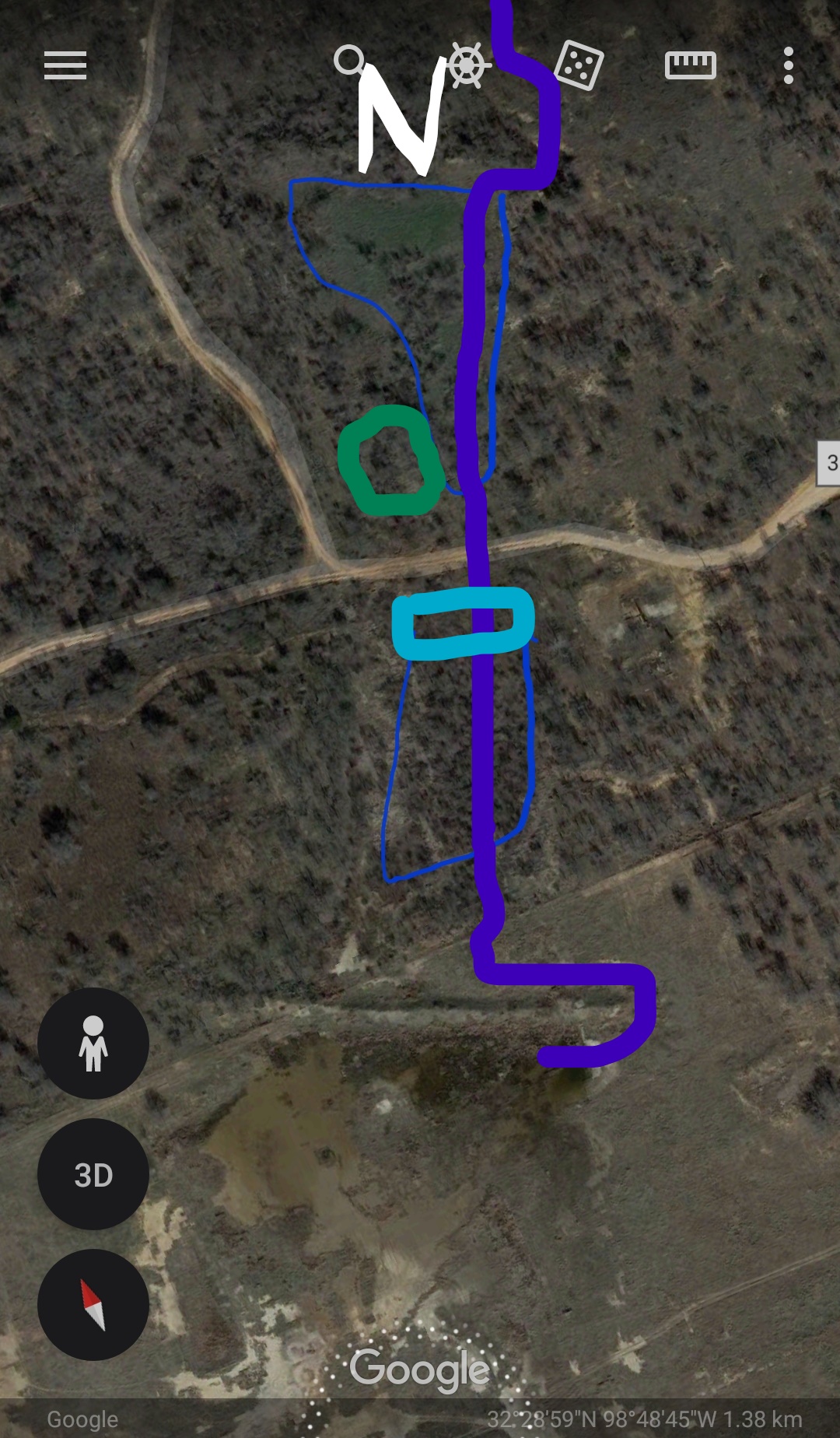
What's next Short? If you dig it deeper it will be a pond during the wet season and wetland during the summer.
The dozer guy has hundreds of yards of topsoil already piled up. He is going to finish the expansion pretty soon so I will ask if he wants to pile up more while the D6 is onsite. They used a lot of material on small jobs through year one.
I would like the wetland portion of the area about 2ft deeper but doubt he would want to selectively remove it from such a big area.
I will find out though. Won't hurt to ask!
Google Earth Pro finally updated my valley!!! Photo dated 4/10/19. This is almost the first day of digging the expansion. It extends from the road all the way to the boat. The clump of wild plum trees were in the way and removed.
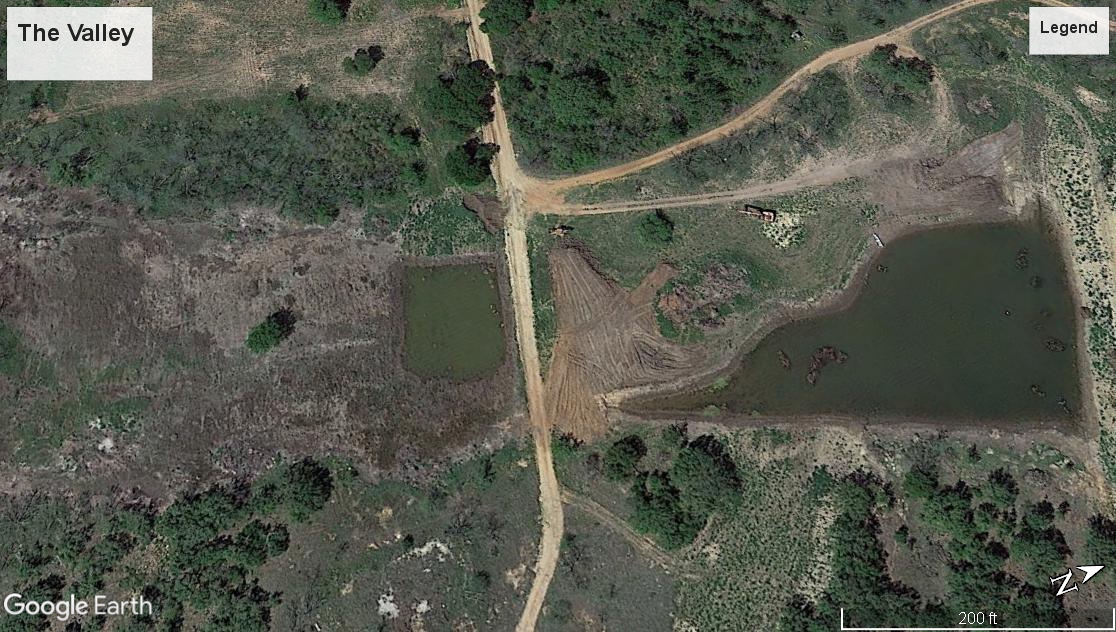

The wetland is about 1" from overflowing into the pond.
The mosquito larvae I may have seen last year actually could've been baby bullhead...either way, there were thousands of bullhead and the mosquitoes were not drastically controlled until the dragon flies returned.
No BG I stocked remained when the wetland dried up but there were lots of FHM...and BH.
What are your thoughts on only adding FHM to eat mosquitoes or only adding fingerling LMB to eat the BH that will wash in?
I'm assuming many fish will wash into the main pond, again, the wetland will dry up, again, this summer and GBH will feast on whatever is in there, again.
Since FHM survived until the wetland dried up and I'm assuming it will again, I'm leaning towards just adding FHM to the wetland. They will also wash into the main pond as quick snacks but some will remain to eat mosquitoes.
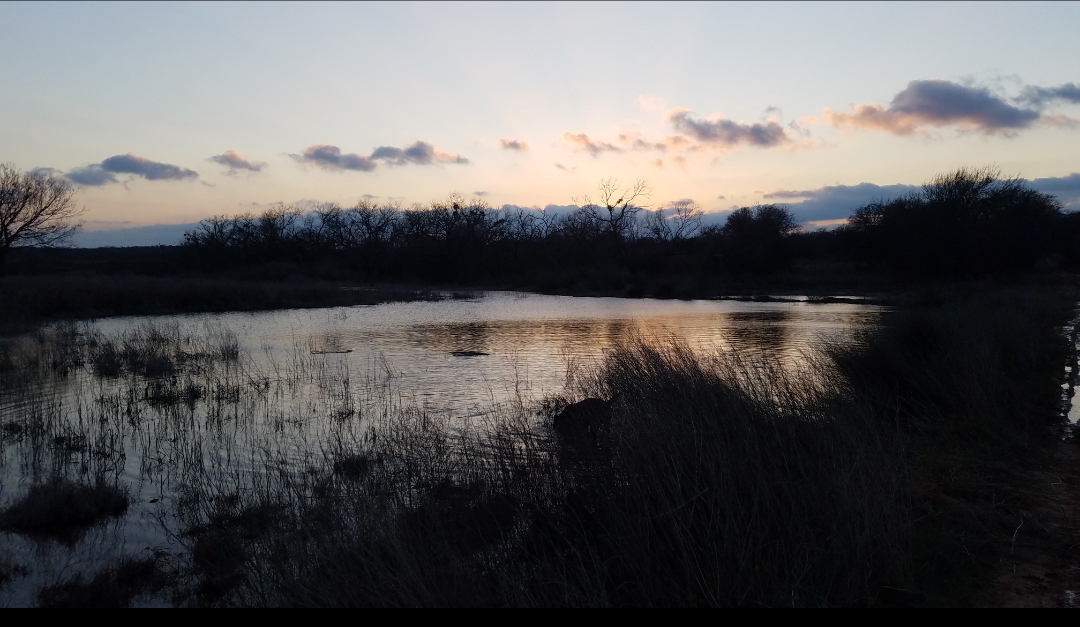
FHM sounds like a good choice. I'd think the CC and various BG would control the baby BH in your pond, but if you're cool with LMB they would do the same.
Mosquitoes are often controlled in fishless ponds by predatory aquatic invertebrates like insects. Gambusia (mosquito fish) are often added for mosquito control, but they have a reputation as egg-eaters, so consider carefully if you want them in your main pond. You live in a very different climate from me, so there may be better choices in your area. I rarely see any mosquito larvae in my wetlands, but we have plenty coming out of tree holes and small puddles that appear for a few weeks during warm wet periods. Two years ago, early archery was terrible.
in my part of Tx which is just a mile or so from Caddo lake we have Gambusia minnow most everywhere there is a pothole of water in the bottom land. Easy to gather them up using a large dip net. like a fine screen pole net used in bass boats to net a caught fish. Just drag it through the pot hole will come up with gams and crawfish.
FHM sounds like a good choice. I'd think the CC and various BG would control the baby BH in your pond, but if you're cool with LMB they would do the same.
There are some LMB that washed in last year just does not seem like many. The year 1 CC and BGs didn't seem to control the baby BH too well. They sure cleaned up every single FHM though.
My goal is big BG and that requires lots of predators. That's another reason I'm leaning towards adding FHM to the wetland and LMB to the pond.
in my part of Tx which is just a mile or so from Caddo lake we have Gambusia minnow most everywhere there is a pothole of water in the bottom land. Easy to gather them up using a large dip net. like a fine screen pole net used in bass boats to net a caught fish. Just drag it through the pot hole will come up with gams and crawfish.
No gams out here where the west begins. Last year I was not able to find a source and the local USDA office had never heard of them.
I started with 25 gams for $25 off Amazon. I have a little lily pond and loaded with those few minnows. They double every month. I put some in our koi pond, now it's loaded. The big pond (1/10 acre) takes stocking because the baby bass line up to grab them.
My best friend has access to old aerial photos and recently found USDA photos of the entire county in 1939. We knew my pond site was originaly a salt water evaporation pond but I didn't think it was there in 1939. My valley is under the B. The neighbor's pond to the south was also originally for saltwater. The property on my north border had at least a 10ac 30ft deep saltwater pond. It was a big oil and gas production site.
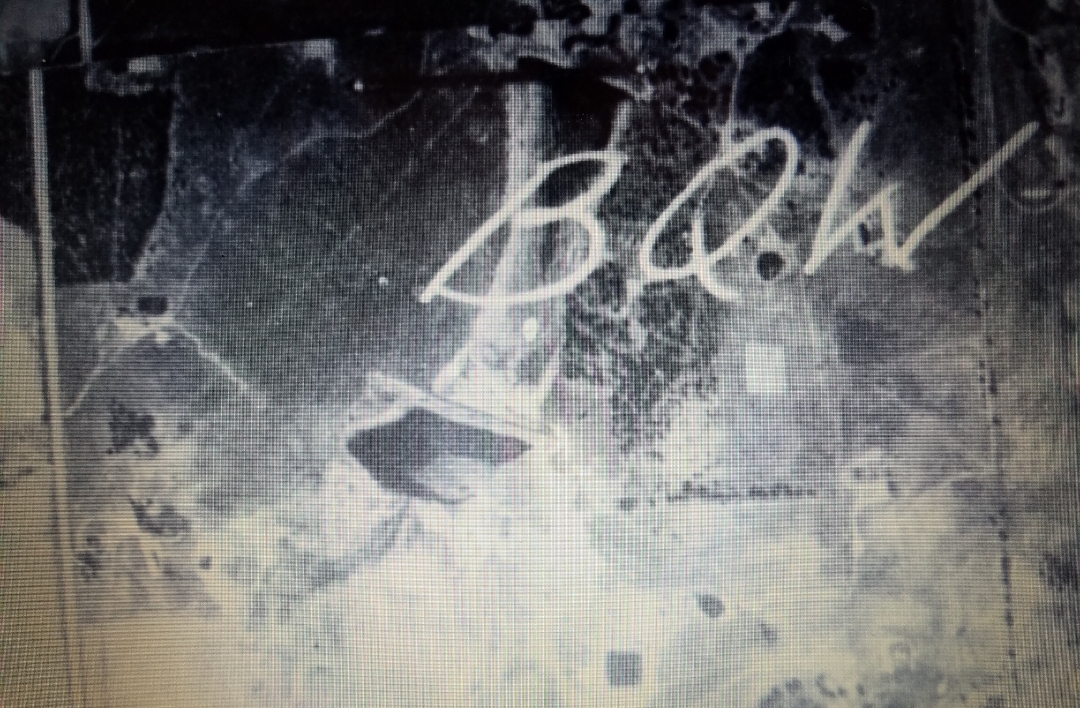
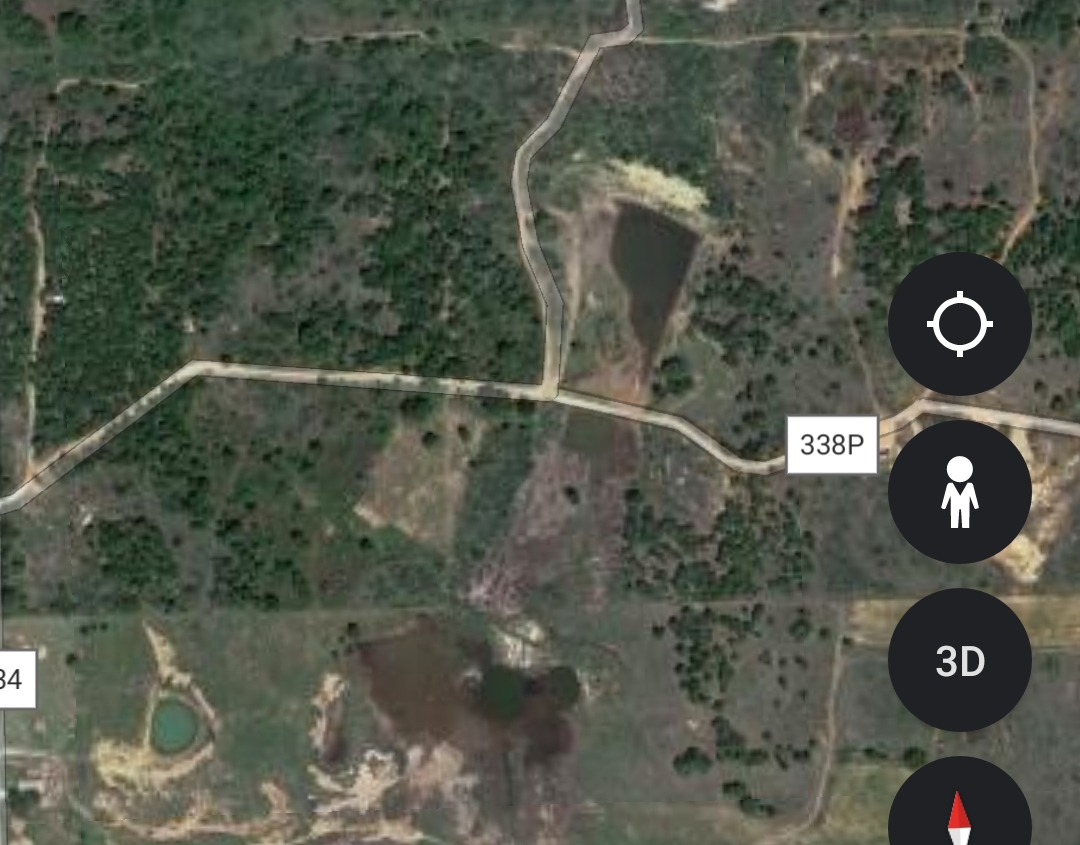
Started a 3in siphon to drain the wetland 1ft into the pond. That's a first for me. I'll reset it deeper this weekend. Pond is still 5ft low and no good rain forecast anytime soon.
It's going to flood the pond with nutrients. Think I'm at risk of anything bad?
Edit: I did not get any FHM last week for the mosquito larva. Hopefully lots of larva will wash into the pond.
The siphon is still pumping and only dropped about 6in from the wetland. That is most of the shallow part of the wetland. At least a ft added to the pond. Water is now barely in the expansion area. The entire pond will take a lot more to fill than the wetland can provide. The expansion is significant.
The second pic shows more of the pond. I believe it's just over 2ac when full. About 5ft low for now.
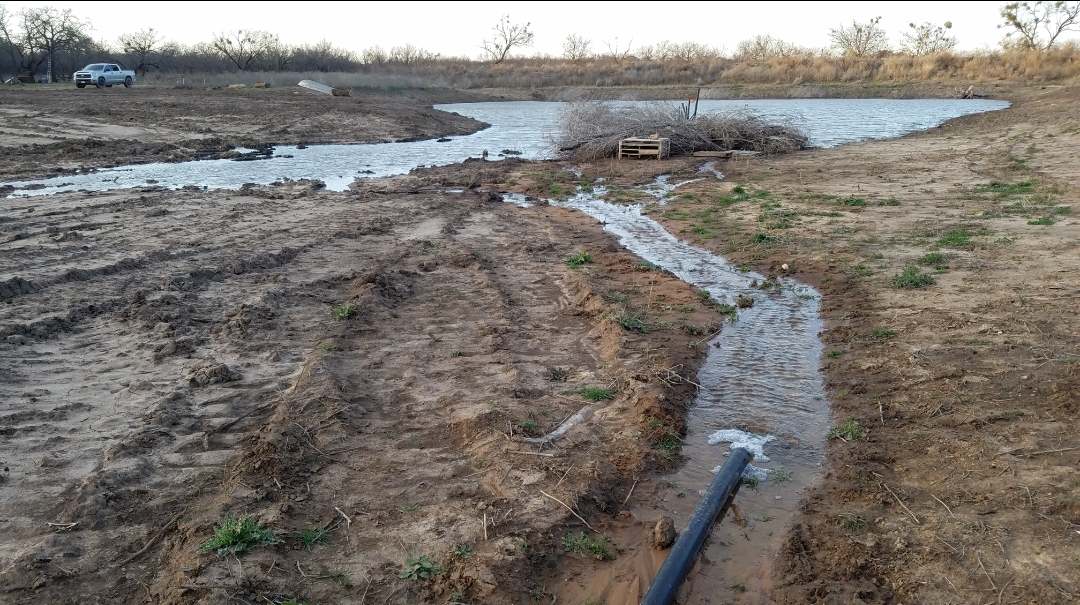

Just watch to make sure it does not get plugged with grass/weeds.
It might get clogged up but it looks pretty damn good.
Upgraded the siphon to make it easier to start. Worked first try! Wasted 45min last night the simple way and failed. Air lock.
$14 for pipe fittings today. Cheap to move 400,000ga using free 3in poly gas pipe.
Also installed the bullhead filter.
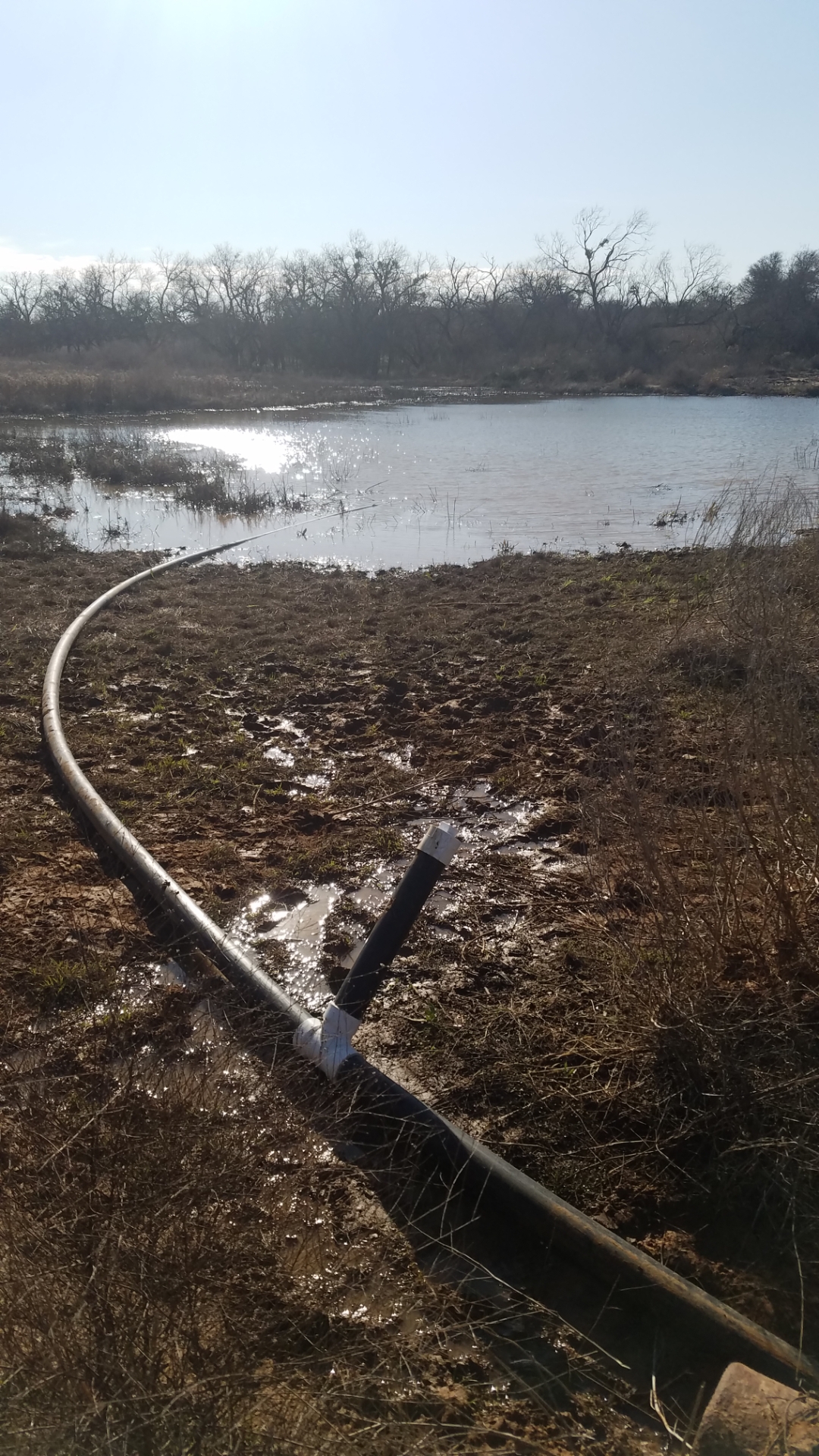
The pipe, rings and copper wire were found on the property. I enjoy upcycling! One mans trash is anothers treasure!
Upcycling lol I like tht. You would have had a good time with me today I took some welded wire fencing we used for are kids 4h project ( goat pen). I pulled it behind the side by side to smooth out dirt from the pond redo project.
The fish truck came to town today. Added 5lb of FHM and ruby reds to the wetland. Did not have a choice since they were mixed already. Got 75 2" LMB for the pond.
2.5" in the rain gauge from Tuesday night and Wednesday. The wetland is overflowing and raised the pond several feet! While there today the pond came up another 6". Still a few feet to go and there might be enough to fill it. If not, I'll get the siphon running again.
From now on my neighbors pond is my forage pond...Saw 1 BH and at least a dozen GSF wash in...in just a few minutes. Starting to second guess stocking anything in the wetland to control mosquitoes. Next summer when it gets low I may get a slingshot and chlorine tabs to launch over the fence and nuke their mud hole.
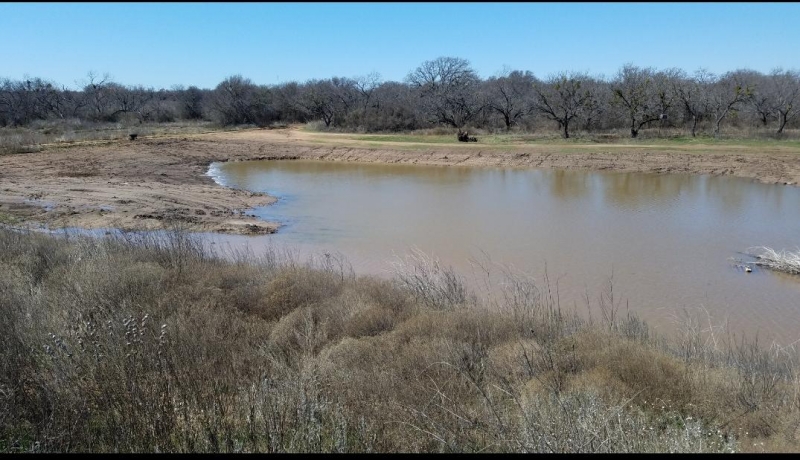
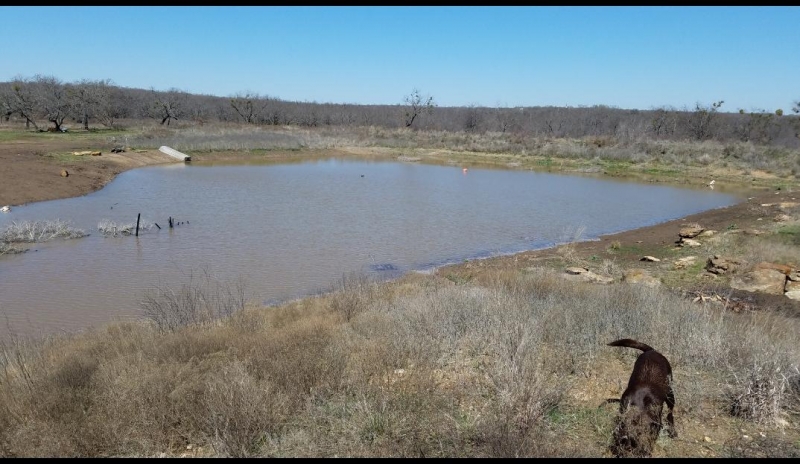


I'm glad to see it's all starting to come together 4 ya. Any way you can damn up there spot between your place and neighbors pond?
The neighbor's pond is more of a sediment trap that was originally used for saltwater storage. I was told the state reworked it about 12 years ago perhaps for floodwater control. It's probably close to 5ac right now. Mostly very shallow with a quarter ac hole that did not dry out last year. When it overflows into my wetland it can really flood! There's no stopping it. Last year we had 6" of water flowing out of the wetland and over the road. Too much water is a rarity in this area of Texas.
Here is my pond yesterday. The expansion area is closest to the 1918 Acme 12x12 steam engine. I was told there are only 3 known to exist! It was used to drill oil wells. They would use a combustion engine once they hit oil and natural gas. I restarted the siphon yesterday with the fish excluder to at least keep some trash fish out. Heading out there soon to check the water level.
Also planted two cypress trees yesterday as a tribute to college days and working on the Guadalupe river.
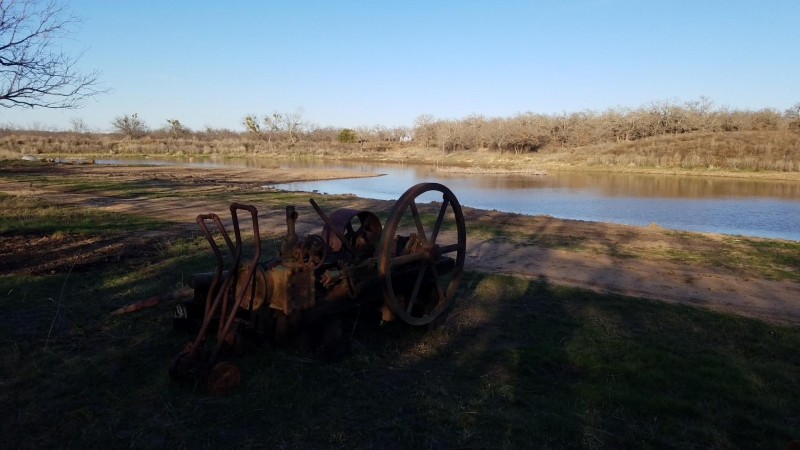
This is the neighbors sediment pond and source of the bullheads...That's my trespassing chocolate lab Apollo.
The 3" siphon raised the pond about 2" in 24 hours. The foot print is getting big!
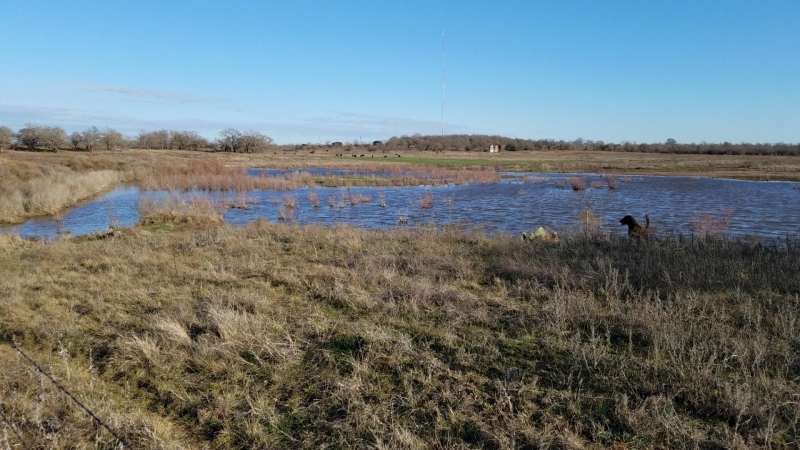
Drove into The Valley and 3 big birds took flight from the expansion area...cormorants... They causually landed near the dam. Used binoculars for positive identification. One didn't even dive and caught a 6in fish... They recieved a very unwelcome warning. I've never seen a cormorant in my life out here...
![[Linked Image]](http://forums.pondboss.com/ubbthreads.php?ubb=download&Number=15782&filename=Screenshot_20200319-230919_Gallery.jpg)
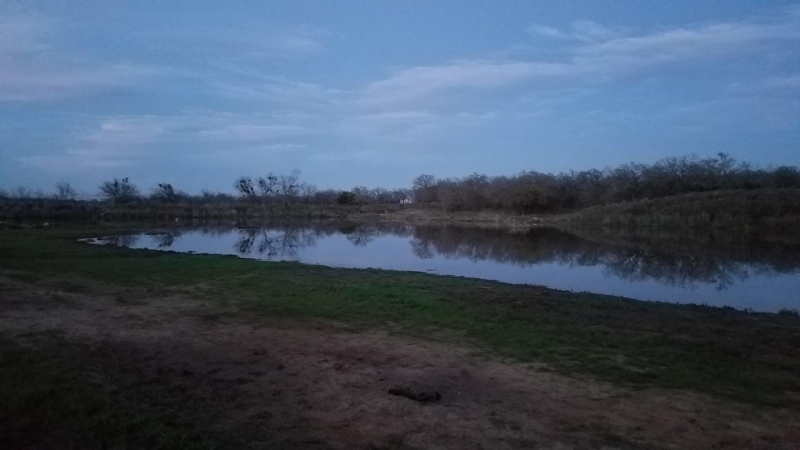
The sediment pond has very low visibility. I suspected it was full of BH like last year. At least a 1000 dead when it dried up. 5 good throws with a 6ft net tonight - only GSH and crawfish. That means the BH all swam into the main pond when the sediment pond overflowed. I am planning to siphon it dry this weekend. Any reason not to? Good fish can be transferred. The Labs are still swimming but I'm guessing it's only 2-3ft deep now. Last year it was a toxic pit when everything died.
How long does it take to saturate new ground after an expansion? The .75ac main pond expansion filled mid March and we overflowed for a week. Not much rain since and the pond is down about 2ft. I have not found any wet spots behind the dam yet. The most likely area behind the rock spillway is dry. Tonight I filled a bucket with water, set it near the pond and put a measuring stick in the pond for an evaporation test.
I think the time to fill the soil upland from the dam depends on your specific situation. If the upland area below full pool is not sealed (as per normal), it will take water until saturated. The rate of uptake will depend on its porocity.
RAH - The expansion was definitely not sealed. They took topsoil and graded it "best they could" due to mud. At full pool the expansion trench is 5ft deep and most is much shallower. The trench was waist deep as of 5/10.
Bucket evaporation today was .25". Pond was down .75".
80 degree surface temp today.
I checked behind original dam break and spillway. No wet spots.
Think it's just evaporation and saturation?
What other info should I record? Outside temp around 90 an 15mph wind today.
At least the mosquitoes are almost nonexistent!!!
Think you just need to see how it does over time since you are not seeing obvious leaks.
3" natural gas poly line and PVC connections laughed at my many attempts of using pipe dope and then silicone to get the siphon running again. Even with screws. Flexible rubber connectors worked to join discharge and intake extensions. Gorilla Glue and self tapping screws on the stand pipe did the trick today! Of course this is after another failed attempt, forgetting gas for the generator and running out of Gorilla Glue today. The sediment pond should be down to 5" deep by morning. I'll transfer any desirable fish to the main pond tomorrow. There will be dozens of crayfish as well. The BH excluder is in place.
The Titusville Iron Works museum sent me specs on my 1918 Acme 12x12 30hp steam driilling engine pond yard art. They have one, another is running and can be seen on YouTube, another is being restored which makes 4 known to exist. It appears I'm missing a few parts.
![[Linked Image from forums.pondboss.com]](https://forums.pondboss.com/ubbthreads.php?ubb=download&Number=16200&filename=Screenshot_20200601-214902_Gallery.jpg)
Description: Acme 12x12 30hp steam engine specs
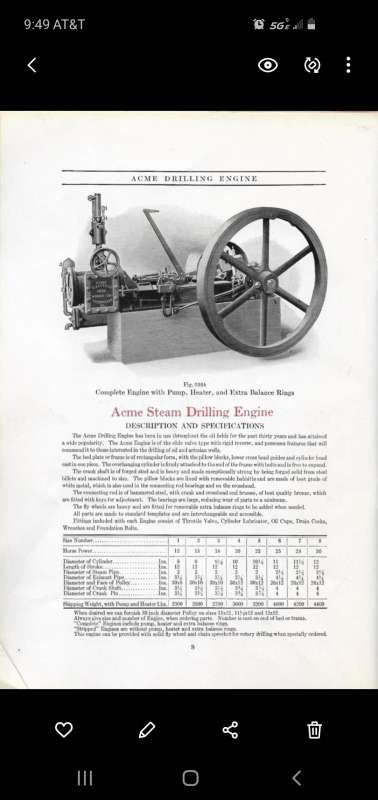
Are you thinking about restoring it to running condition? It can be done.
No doubt it could be done but at 4400lbs I'd need some heavy equipment. I've restored smaller engines and they get expensive quick. There are no spare parts for Acme's available. That means either making new ones or adapting other engines parts to work.
Being one of four known to exist, it may have as much, if not more, intrinsic value in its current condition than it would if it were restored to running condition.
Old tractors and engines are one of my favorite hobbies. We've got 8 tractors here that are as old or older than I am.
I grew up in an antique tractor club and at one point owned 2 tractors and 6 engines. Now at 3 engines. Only 1 is restored.
This steam engine was rescued a few months before they called a scrapper. I had a fly wheel weight ready to go but they got it. I didn't see any parts that seemed to go with this engine but could've missed something. About 12 other diesel engines were there. Uncertain on their age but likely 30s-60s.
We are a few days from stocking 2yrs ago. We initially stocked for a 1ac pond and are around 2ac now. 100CC originally stocked and 75LMB this Spring. I think the BH are relatively under control and believe the 2-4lb CC can keep them in check.
We have an unknown number of LMB that washed in and one caught yesterday was around 2lbs. Lots of GSF, GSH and 1000s of gizzard shad.
My goal is big BG.
BG recruitment seemed poor this year, likely from nest robbing trash fish.
I have not caught a gizzard shad in the last month but see multiple schools in open water. They are being eaten readily but know there are just too many.
Should we stock more LMB or CC? Or nothing and see what happens?
Option C: Will the gizzard shad overpopulate and ruin it all?
Please be straightforward!












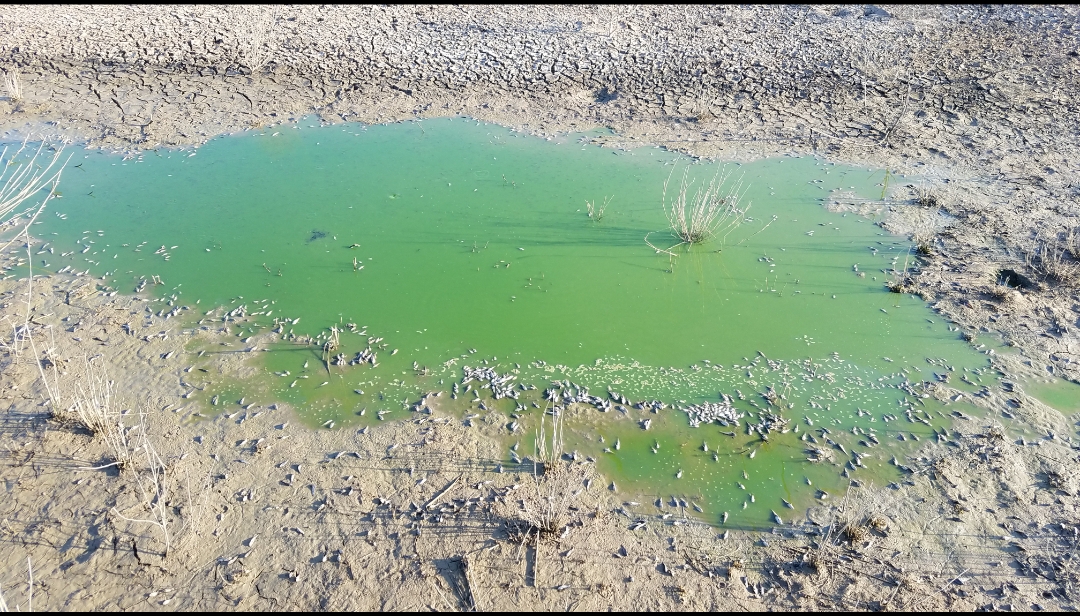
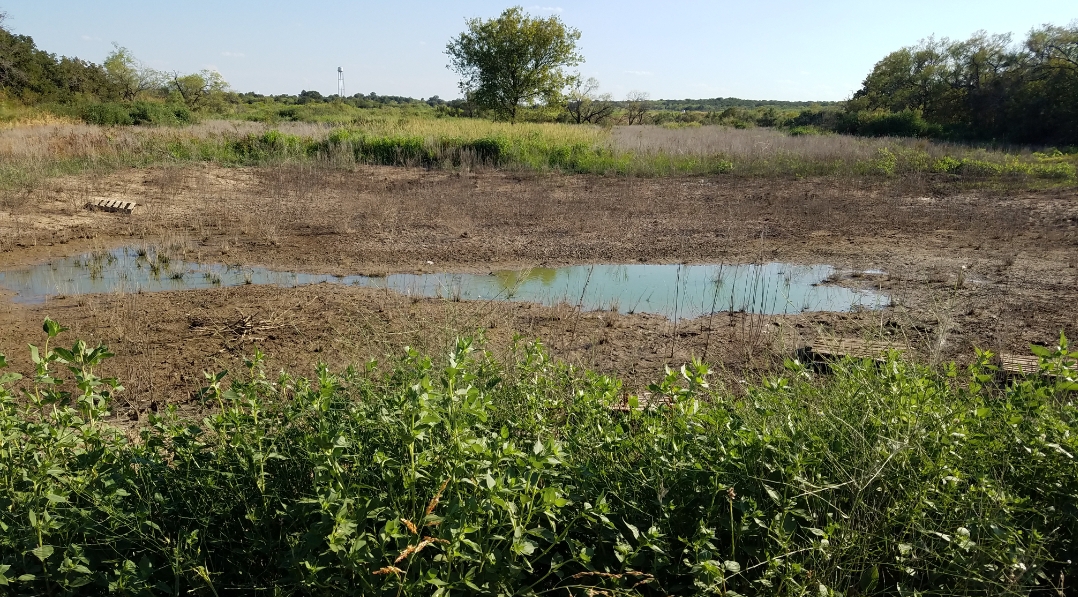









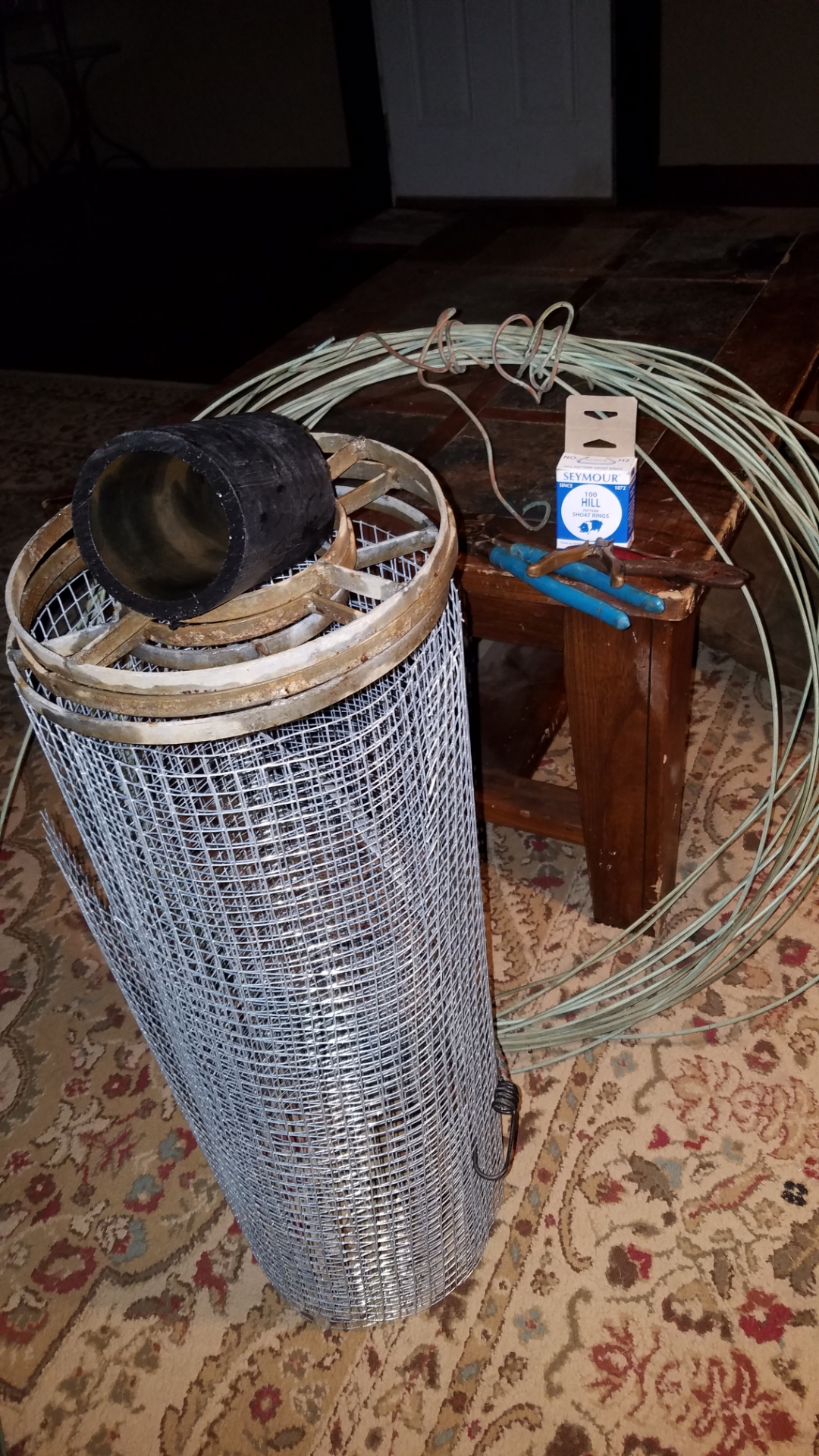
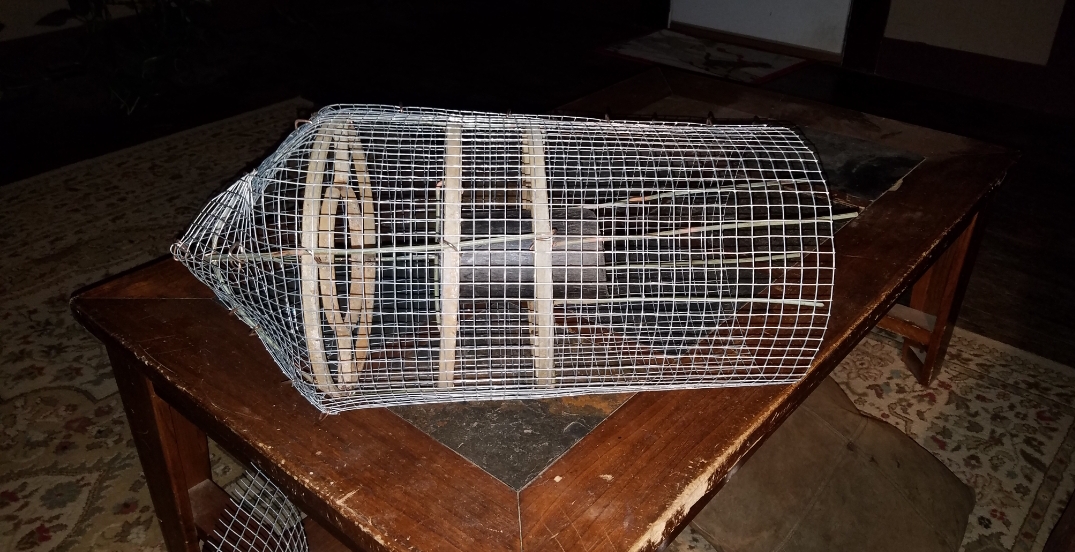
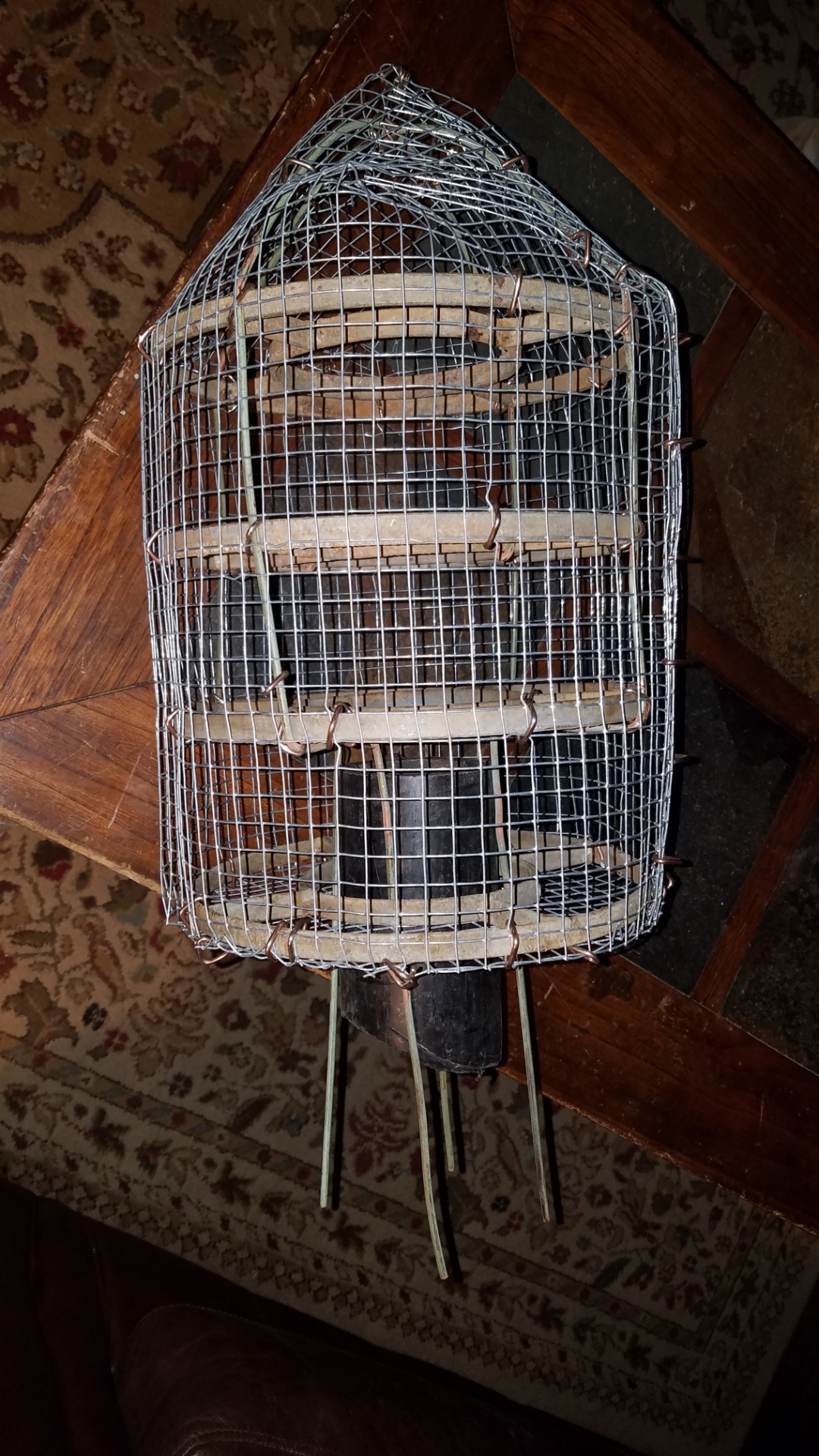







![[Linked Image]](http://forums.pondboss.com/ubbthreads.php?ubb=download&Number=15782&filename=Screenshot_20200319-230919_Gallery.jpg)

![[Linked Image from forums.pondboss.com]](https://forums.pondboss.com/ubbthreads.php?ubb=download&Number=16200&filename=Screenshot_20200601-214902_Gallery.jpg)
